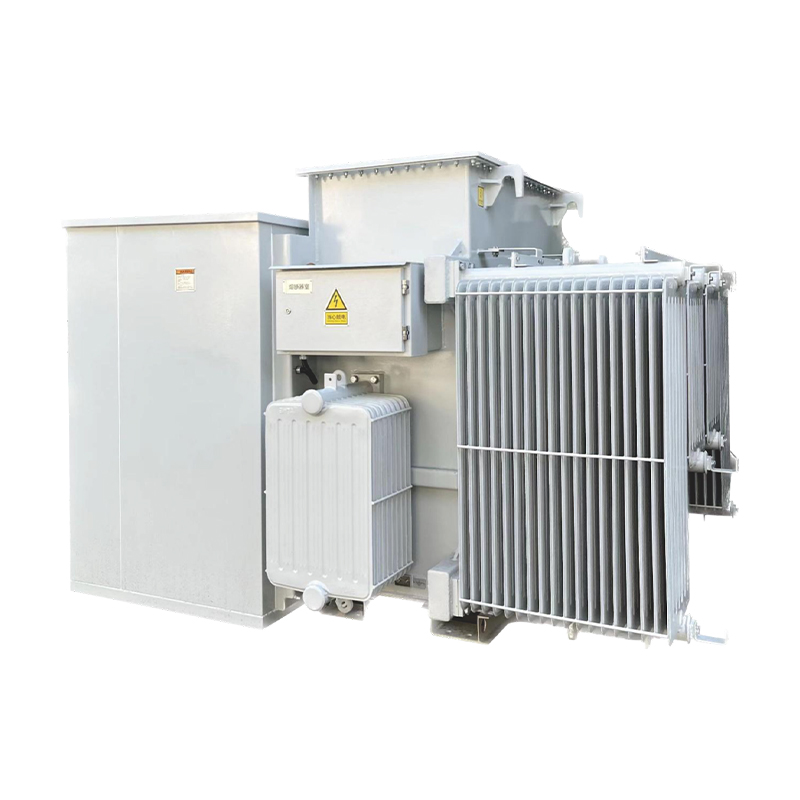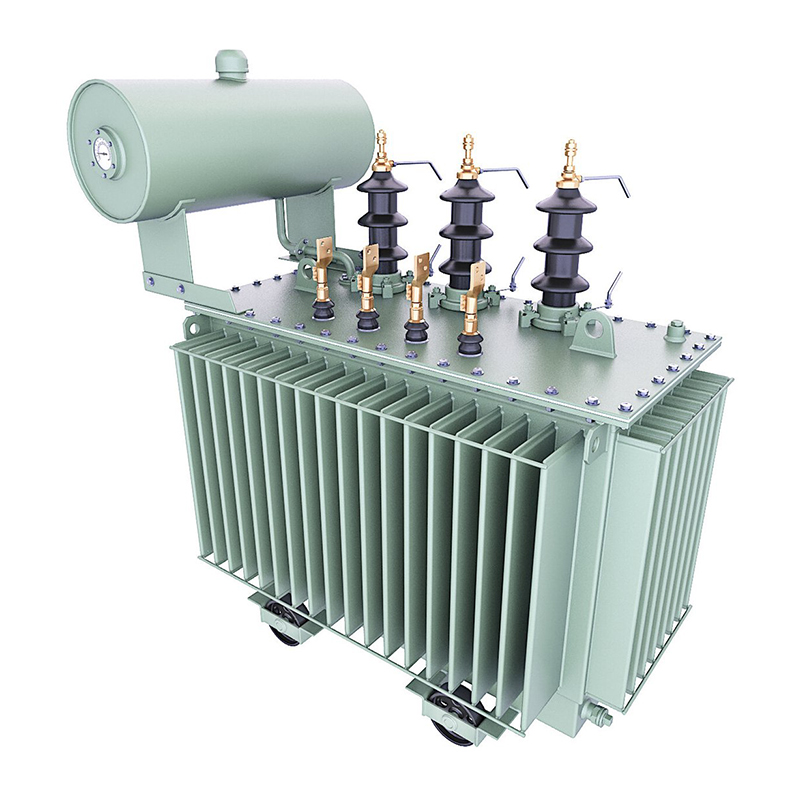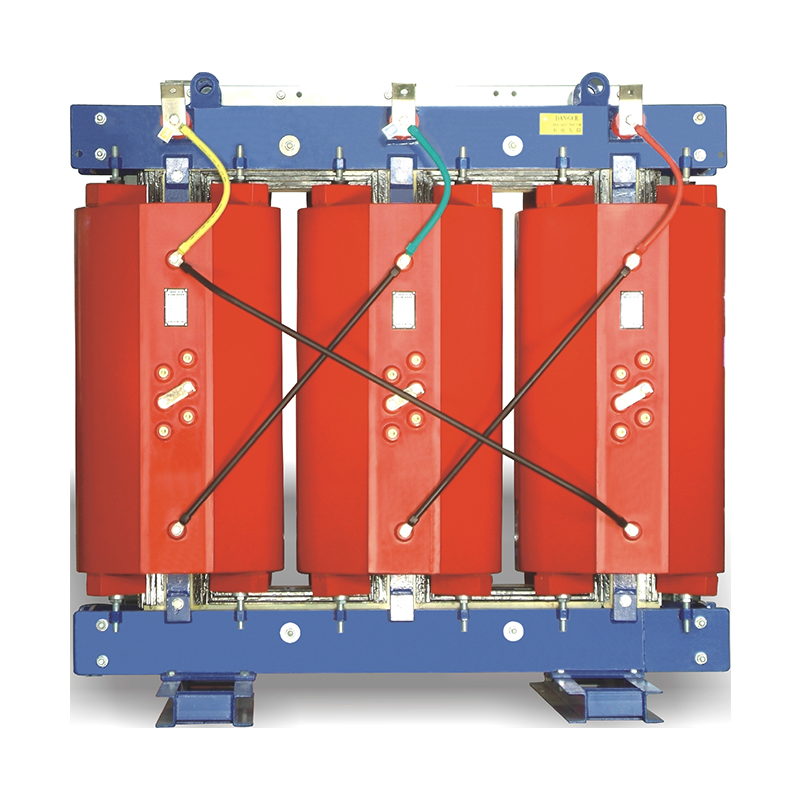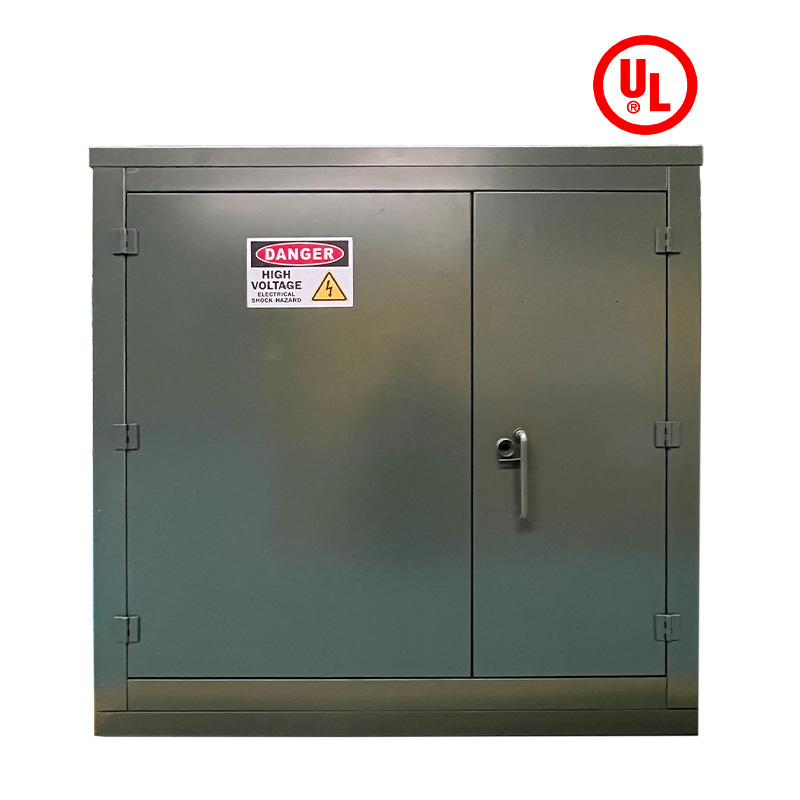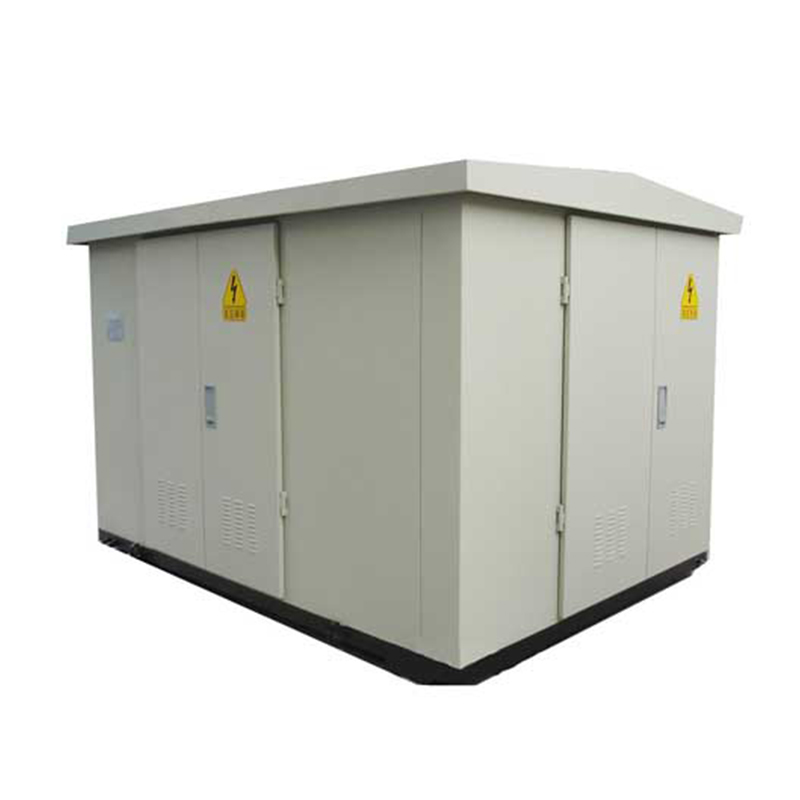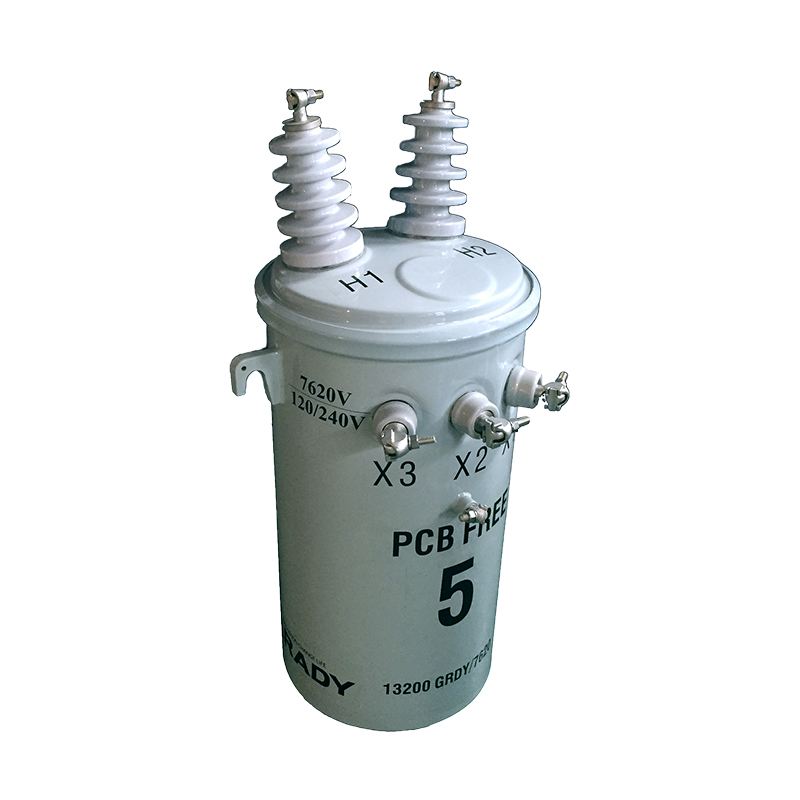Temperature rise and cooling methods of power transformers
The temperature rise and cooling method of power transformers are closely related. Temperature rise refers to the phenomenon in which the temperature of a transformer increases due to the heat generated by internal losses (such as copper and iron losses) during operation. In order to effectively control temperature rise and ensure the safe and stable operation of transformers, appropriate cooling methods need to be adopted. The following is a detailed summary and explanation of the cooling methods for power transformers:
1、 Natural cooling
*Suitable for small, low-power transformers.
*Relying on the radiation from the fuel tank wall and radiator, as well as the natural convection of the air around the transformer for heat dissipation.
*The advantages are simple structure and easy maintenance, but the heat dissipation effect is relatively poor.
2、 Forced air cooling
*By installing fans inside the transformer, air flow can be accelerated to improve heat dissipation efficiency.
*Suitable for transformers with medium capacity and power.
*The heat dissipation effect is good, but it requires a certain amount of energy to drive the fan.
3、 Forced oil circulation air cooling or water cooling
*By using a submersible pump to accelerate the flow rate of oil inside the transformer, heat is carried to the external oil cooler for cooling.
*Suitable for large capacity and high-power transformers.
*The heat dissipation effect is very good, but the structure is relatively complex and requires regular maintenance and inspection.
*According to the different cooling media, it can be divided into forced oil circulation air cooling (using air as the cooling medium) and forced oil circulation water cooling (using water as the cooling medium).
4、 Evaporative cooling
*The principle of absorbing heat when liquid water evaporates into water vapor inside the transformer is used for heat dissipation.
*Suitable for ultra large and high-power transformers.
*The heat dissipation effect is very good, but the cost is high and regular water replenishment is required.
In addition, there are other cooling methods such as oil immersed self cooling and oil immersed air cooling, which are mainly selected based on the specific type and usage environment of the transformer.
In general, the selection of cooling methods for power transformers should be comprehensively considered based on factors such as transformer capacity, power, usage environment, and cost. Appropriate cooling methods can effectively control the temperature rise of transformers, ensure their safe and stable operation, and extend their service life.
Relatenews
- The Role of Power Transformers in Voltage Regulation within Power Systems 2025-08-25 08:14:00
- Environmental Regulations and Technical Measures for Power Transformer Noise Control 2025-08-25 08:12:00
- The Application of Big Data Analytics in Power Transformer Fault Prediction 2025-08-25 08:11:00
- Impact of Distributed Generation Integration on Load Characteristics of Power Transformers 2025-08-16 09:43:00
- Conditions and Protection Coordination Strategies for Parallel Operation of Power Transformers 2025-08-16 09:42:00
- Application of On-Line Oil Chromatography Monitoring Systems for Power Transformers 2025-08-16 09:38:00
- Capacity Calculation Methods for Power Transformers in Electric Vehicle Charging Stations 2025-08-09 16:02:00
- Key Technologies of Smart Power Transformers: Sensors, IoT, and Big Data 2025-08-09 15:59:00





